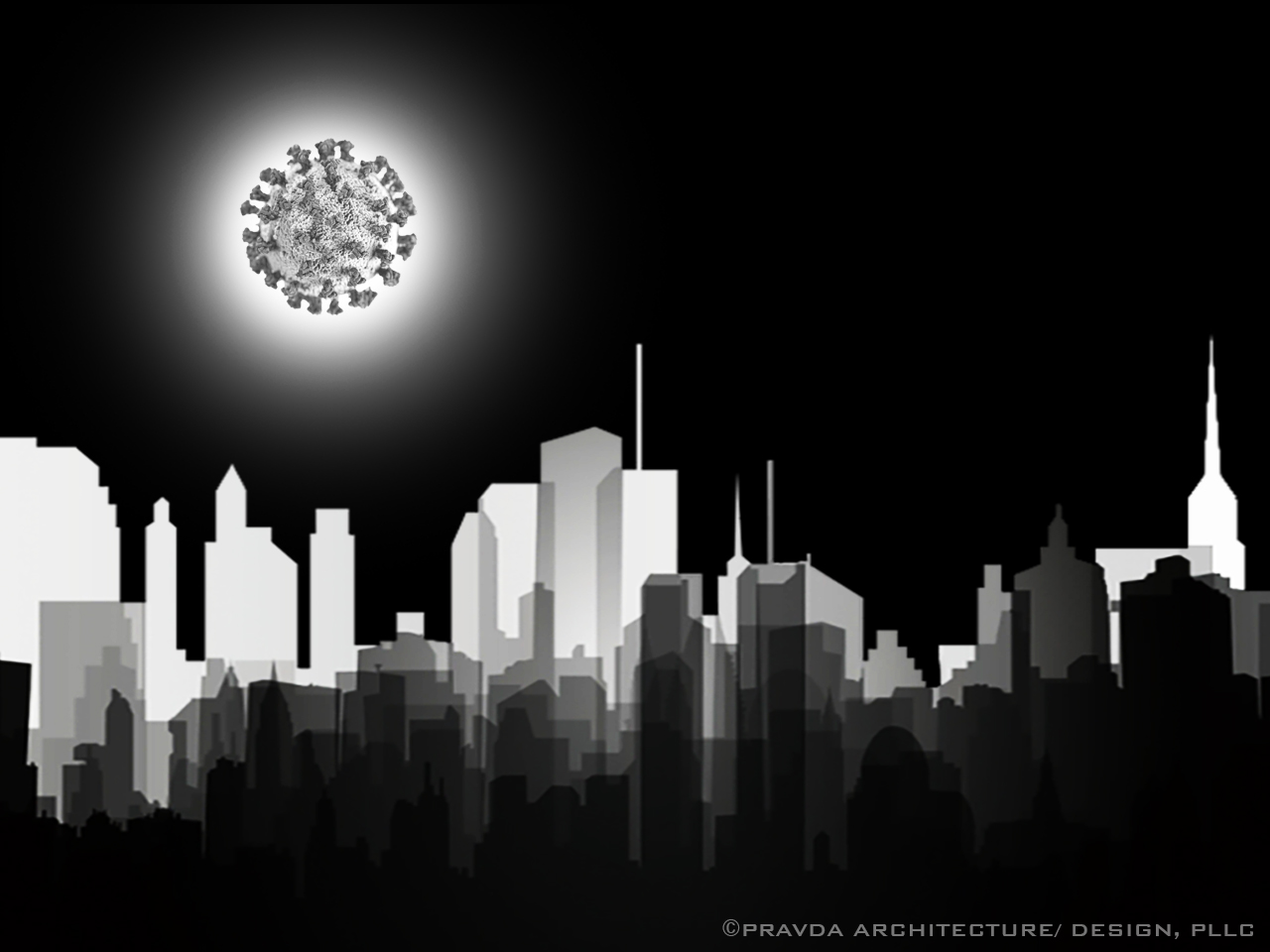- test :
As an WELL AP Architect who designs spaces to benefit occupants’ mental and physical health and wellness, several colleagues have asked me how I think this pandemic will affect design. Is there a new normal? Will this change how architects think and design space? If so, how will things be different? …I do think this pandemic will have a positive effect on architecture, not only because of how it influences architects, themselves, but, most importantly, because of how it affects our clients and what clients will ask for! Looking into my Covid-clear crystal ball, this is what I see:
19) More Passion for Sustainability and Preserving the Natural World
With people sheltering, wildlife emerged and explored, while views, which were previously clouded by smog, became clear and restored. Seeing how quickly nature reclaimed the earth, I expect even more people will look to preserve natural space and build with reinvigorated eco-friendly goals. There is a before, there is a during, and we will create the enduring.

18) Emphasis on Creating a Healthy Entry
Consistent in traditional religious observances, you removed your shoes and washed your hands before entering a holy place. These lessons of cleanliness remain true today. With the Public Relations emphasis on washing your hands and Stopping the Spread, I foresee more healthy entry experiences with dedicated areas to remove your shoes and wash or sanitize your hands.
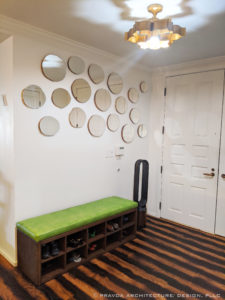
17) Amplified Attention on Outdoor Activities
Normally, we spend 90% of our time indoors, and having spent more like 99% indoors during the pandemic, people are realizing the importance of spending time outside, in the sunlight and getting fresh air. I anticipate added asks for outdoor living and exterior experiences.
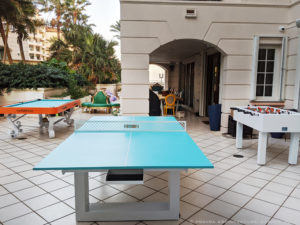
16) Greater Care for Aging in Place
With the virus’s most deadly effects on the elderly community, spreading in Nursing Homes, and families unable to spend time together, I think more families will push to live at their own homes, and this means more universal design for aging in place.

15) Less Open Offices
The trend of completely open plan offices has been slowly tapering as more case studies have shown decreased productivity due to increased distractions and interruptions, as well as lack of comfort that comes with not providing sufficient sound or privacy barriers and a non-uniform temperature. For those that continue to work in traditional offices, I anticipate that there will be more non-traditional flexible work environments, where employees have options for where they work, with areas that have different levels of privacy and comfort, and that have intentionally different functions, i.e. for personal focus vs. collaboration.
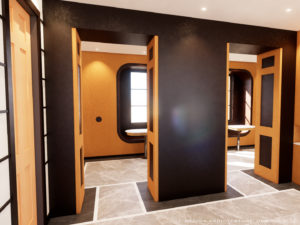
14) More Home Offices
I think this will be one of the longest-lasting impacts. As technology has improved, there has been a trend to work from home, but this has still been limited to more innovative companies and early adopters. With wide, forced adoption during the pandemic, I expect many companies and employees to see the advantages of working from home and a greater desire from the general public for a home office to be part of a standard home program.
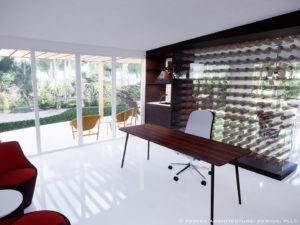
13) More Home Gardens
I’ve seen several people take this time as an opportunity to grow vegetables and herbs for themselves, and I foresee this being a growing trend.

12) Adapting for New Policies and Procedures
Particularly in spaces with a large population, such as Airports, Arenas, Assisted Living Facilities, Schools, and Restaurants, I see new policies and procedures being put in place, focused on maintaining health, and the spaces will be designed to accommodate the new functions.
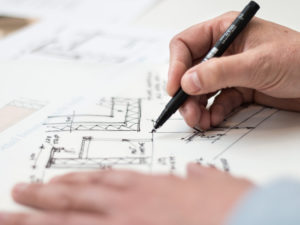
11) Greater Emphasis on User Experience
Spending on experiences, such as vacations, live events, and Instagram-worthy moments, has already been increasing over the past decade, and I predict that after having spent more time in homes, people’s longing for unique and special experiences will increase more. Being so, there will be a greater demand for architecture that focuses more on experience, i.e. the why and how of space.
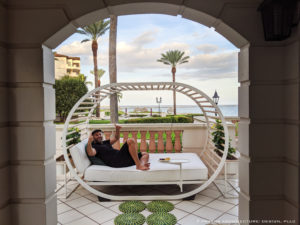
10) Increased Interest in Indoor Air Quality
Particularly with the virus’s attack on the respiratory system, the fact that those with pre-existing conditions, including asthma, are more likely to have grave illness, and the fact that people with allergies were nervous about whether it was just allergies or the virus, I think more and more people will pay greater attention to indoor air quality. To learn more, see our post on Indoor Air Quality.

9) Emphasized Importance of Natural Light
Sunlight’s importance for your mental health, physical health, productivity, and function as a natural disinfectant has been important to architects for decades, and I think this pandemic will bring the importance of sunlight to the forefront of design.

8) Larger Use of Antimicrobial Materials
With a heightened awareness on the transmission of germs and viruses, I expect greater demand and desire for the use of antimicrobial materials, such as copper and silver.
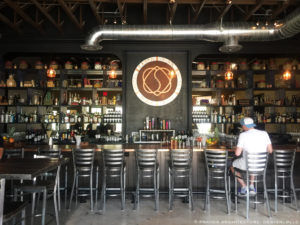
7) More Use of UV Lights
UV lights have been used to keep air conditioning coils clean in healthcare and commercial spaces for years, and their popularity has slowly increased in the residential sector. With more focus on the valuable purpose of UV lights, I think more clients will demand their use, and I also think there will be more innovative applications of UV lights.
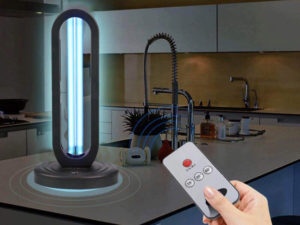
6) Less Touching Required
Many people see voice activation, smart home integration, and automatic technologies as a luxury of convenience, but as more people see these as also improving health and preventing the spread of germs, I expect more people will want these technologies included in their projects.
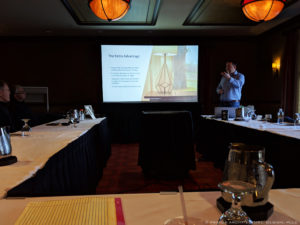
5) More Organized and Dedicated Spaces
As more families work and learn from home, people will discover that they are more productive when they have dedicated areas for activities. As such, more people will ask for more organized and dedicated spaces, such as spaces for their hobbies and areas for kids to do homework and virtual learning.

4) Increased Areas for Social Interaction
One of the most important factors for happiness is social connection. After being isolated from friends and community, people will have a greater desire for gathering spaces, such as a covered outdoor areas where you can congregate with your friends and family.

3) Elevated Attention on Mental Health
I have seen a plethora of mainstream articles on the importance of maintaining mental health during the pandemic. People are becoming more aware of the factor that isolation has on one’s mental health, and I think the relationship between where one spends time and one’s mental health is also rising to the surface of awareness. As such, more clients will ask for spaces that enhance and do not harm their mental health. This means a greater demand for designs that ease your mind and abide by WELL Building Principles.
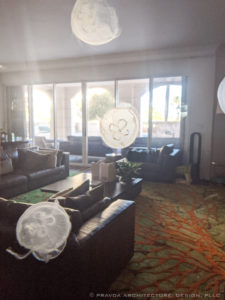
2) Designs for Paradox
As we have a greater use of virtual tools, we also have a heightened awareness on the importance on that which is real. I expect the result to be spaces that are designed with integrated technology, where virtual living is part of normal life, while the focus of designing spaces will return to the most important aspect of all- to the people spending meaningful time in them.
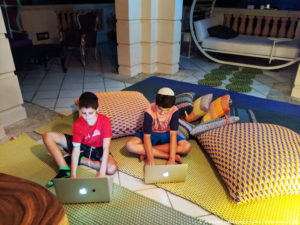
1) Inspiring the Next Generation
The biggest way Covid-19 will change architecture forever is not with current professionals and clients, but, rather, with those who are children now, growing up with a different way of daily living. Like the Great Depression changed the habits and thoughts of the Greatest Generation, the next generation will become architects and clients with a unique perspective, having experienced this pandemic in their formative years. I see the future of architecture as one of hope and promise, where mental health and physical wellbeing are prioritized at the forefront of design.

In summary: I believe this pandemic is as accelerant to the already burning fires of disruptive developments in architecture and design. This disruption is a combination of a return to ancient lessons forgotten, integrated with opportunities from new information and new technologies, while focused on the most essential and fundamental purpose of architecture, to best serve the people who inhabit space. Similar to how Uber Eats, serving a fundamental need for people to eat, has isolated the eater from the restaurant, creating independence through dependence, based on trust, shared responsibility, and integrated technologies, while creating new revenue streams for drivers and restaurants, alike, post-pandemic architecture will be purposeful, paradoxical, positive, and progressive. Post-pandemic architecture will be that of independence and connection, of shared responsibility and self-reliance, of the preservation of our planet and of the perseverance of our people; an architecture that returns to fundamentals, providing shelter through beauty, while serving and protecting the health, safety, wellness, and welfare of all people. Post-pandemic architecture will be that of a new normal that is never the norm, that has always been and always will be.
